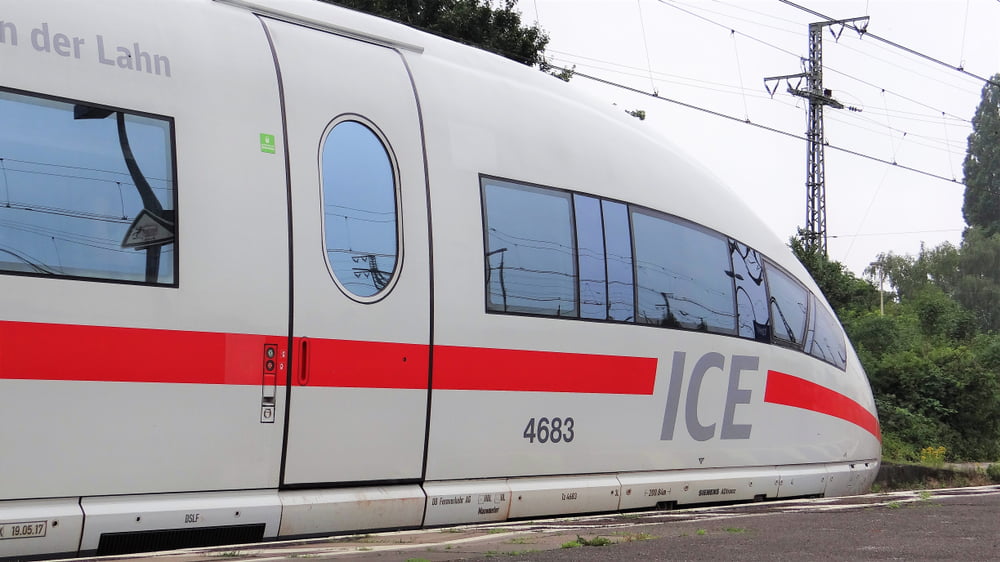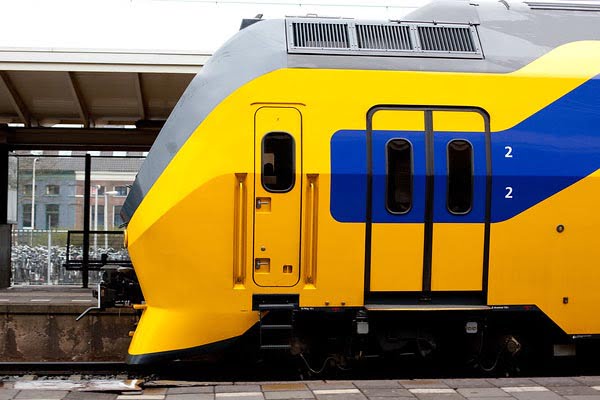According to Neal Mi, train conductor and trade union militant ACOD Spoor, public transport is longing for investment in modern equipment. In 2015, according to Deutsche Bahn, rail will be the economic sector most affected by the effects of climate change. The highest priority is therefore to arm the company against it as well as possible.
In Belgium, only 53 percent of trains have air conditioning.
The trains from the 1960s, 1970s and 1980s were modernized in recent years, but without the installation of air conditioning in the passenger areas. So refreshment depends on the windows of the moving train that can open.
In the Netherlands, 95% of trains have air conditioning. Here too, efforts are focused on the maintenance and repairs of the 5000 train coats. A few years earlier there was already a serious incident with the “sauna-ICE” that drew national attention to the heat problem in the trains. On July 10, 2010, travelers got stuck in a high-speed train between Berlin and Cologne where the air conditioning had failed. 9 travelers had to be taken to hospital.
In Germany, 100 percent of high-speed trains, 93 percent of IC trains and 80 percent of local trains today have air conditioning, Neal said. The debates are about improving the reliability of the air conditioning, because in a train where the air conditioning fails and hardly any windows can be opened, it quickly gets very hot.
In France, all high-speed and IC trains are air-conditioned, as are 90% of local trains outside the Paris region. However, the network around the capital is lagging behind with only 35% of air-conditioned trains. In Luxembourg, 86% of the seats are air-conditioned, but the government pledges to offer 100% by 2024 after purchasing 34 new trainsets.
Climate-friendly and social transport of the future.
In order to fulfill its role as a climate-friendly and social transport of the future, the railway needs large-scale investments. The purchase of modern rolling stock is part of this. In Luxembourg, politicians understand that something has to be done about road traffic jams and they invest 2,2 billion euros in rail over a 6-year period.




